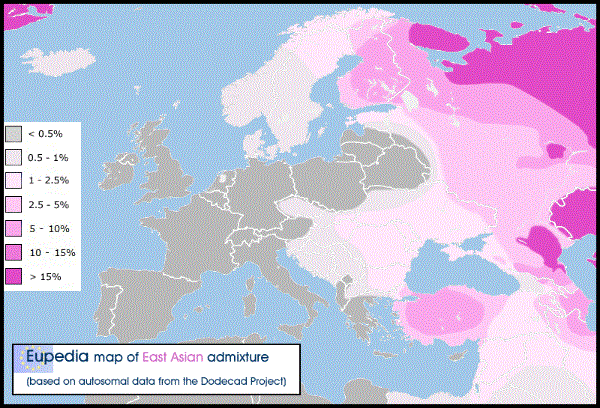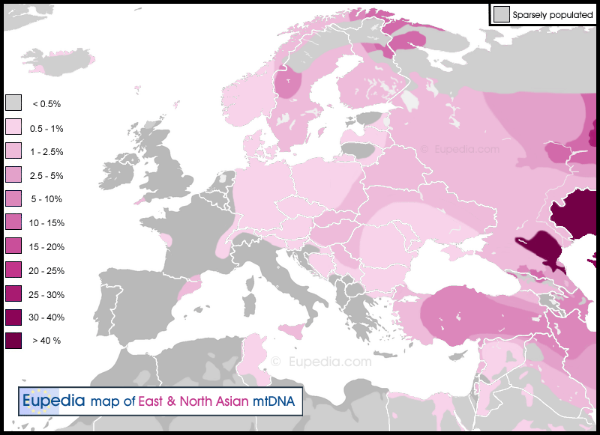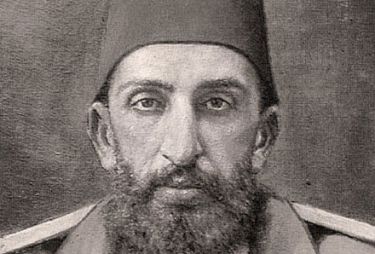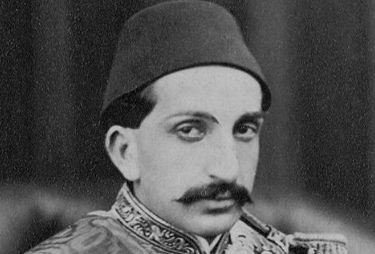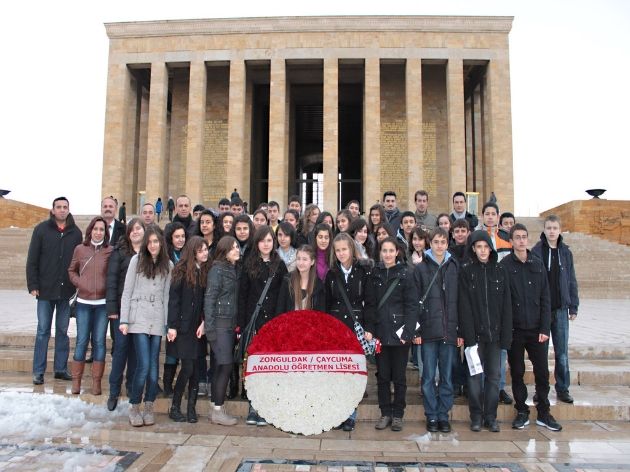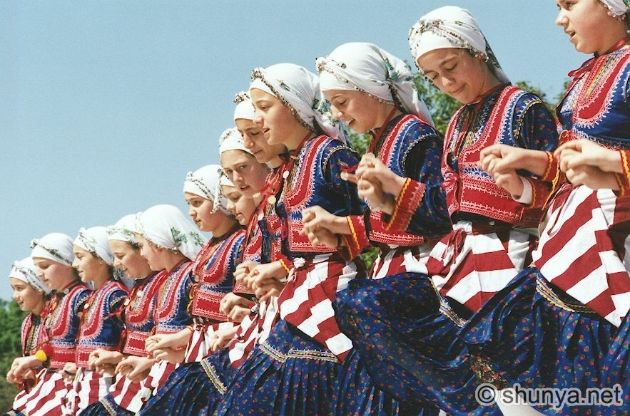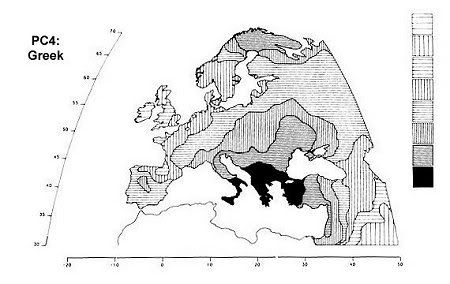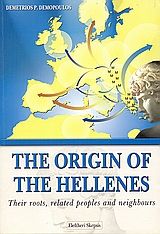Post by Admin on Nov 25, 2022 23:24:51 GMT
Posted by lenagb
en.wikipedia.org/wiki/Bosporan_Kingdom
The Bosporan Kingdom or the Kingdom of the Cimmerian Bosporus was an ancient state, located in eastern Crimea and the Taman Peninsula on the shores of the Cimmerian Bosporus (see Strait of Kerch). It is interesting as the first truly 'Hellenistic' state in the sense of one in which a mixed population adopted the Greek language and civilization.
The Bosporan Kingdom was the longest surviving known Roman Client Kingdom. It was a Roman Province from 63 to 68, under Roman Emperor Nero. The 1st and 2nd centuries was a period of a new golden age of the Bosporan state. In the end of the 2nd century, the King Sauromates II inflicted a critical defeat to the Scyths and included all the territories of the Crimea in the structure of his state.
The prosperity of the Bosporan Kingdom was based on the export of wheat, fish and slaves, and this commerce supported a class whose showy wealth over the centuries is still being dug out, often illegally, from numerous burial barrows or kurgans. The once thriving cities of the Bosporan have left extensive architectural and sculptural remains, while the kurgans continue to yield spectacular Greco-Sarmatian objects, the best examples of which are now preserved in the Hermitage in St. Petersburg. These include gold work, vases imported from Athens, coarse terracottas, textile fragments and specimens of carpentry and marquetry.
Early Greek colonies
The whole district was dotted with Greek cities: on the west side, Panticapaeum (Kerch), the chief of all, often itself called Bosporus, Nymphaeum and Myrmekion; on the east Phanagoria (the second capital), Kepoi, Germonassa, Portus Sindicus, Gorgippia. These Greek colonies were mostly settled by Milesians, Panticapaeum in the 7th or early in the 6th century BC, but Phanagoria (c. 540 BC) was a colony of Teos, and Nymphaeum had some connection with Athens — at least it appears to have been a member of the Delian League.
Kings of Cimmerian Bosporan
According to Diodorus Siculus (xii. 31) the locality was governed from 480 BC to 438 BC by a line called the Archaeanactidae, probably a ruling family, who gave place to a tyrant Spartocus (438 BC - 431 BC), apparently a Thracian. He founded a dynasty which seems to have endured until c. 110 BC. The Spartocids have left many inscriptions which indicate that the earlier members of the house ruled as archons of the Greek cities and kings of various native tribes, notably the Sindi of the island district and other branches of the Maeotae. Unfortunately, the texts, inscriptions and coins do not supply sufficient material for a complete list of these monarchs.
Bosporan Phiale (top view), 4th century BC
Satyrus (431 BC - 387 BC), the successor of Spartocus, established his rule over the whole district, adding Nymphaeum to his dominions and laying siege to Theodosia, which was a serious commercial rival because of its ice-free port and proximity to the grain fields of eastern Crimea. It was reserved for his son Leucon (387 BC - 347 BC) to take this city. He was succeeded by his two sons conjointly, Spartocus II, and Paerisades; the former died in 342 and his brother reigned alone until 310. Then followed a civil war in which Satyrus defeated his younger brother Eumelus at the Battle of the River Thatis in 310 BC but then was killed giving Eumelus the throne.[1]
His successor was Spartocus III (303 BC - 283 BC) and after him Paerisades II. Succeeding princes repeated the family names, but we cannot assign them any certain order. We know only that the last of them, Paerisades V, unable to make headway against the power of the natives, in 108 BC called in the help of Diophantus, general of King Mithridates VI of Pontus, promising to hand over his kingdom to that prince. He was slain by a Scythian named Saumacus who led a rebellion against him.
The house of Spartocus was well known as a line of enlightened and wise princes; although Greek opinion could not deny that they were, strictly speaking, tyrants, they are always described as dynasts. They maintained close relations with Athens, their best customers for the Bosporan grain export, of which Leucon I set the staple at Theodosia, where the Attic ships were allowed special privileges. The Attic orators make numerous references to this. In return the Athenians granted him Athenian citizenship and set up decrees in honour of him and his sons.
In the 1st century BC, after his defeat by Roman General Pompey in 63 BC, King Mithridates VI of Pontus fled with a small army from Colchis (modern Georgia) over the Caucasus Mountains to Crimea and made plans to raise yet another army to take on the Romans. His eldest living son, Machares, viceroy of Cimmerian Bosporus, was unwilling to aid his father. Mithridates VI had Machares killed, and Mithridates VI took the throne of the Bosporan Kingdom. Mithridates then ordered the conscriptions and preparations for war. In 63 BC Pharnaces II, the youngest son of Mithridates VI, led a rebellion against his father, joined by Roman exiles in the core of Mithridates VI's Pontic army. Mithridates VI withdrew to the citadel in Panticapaeum, where he committed suicide. Pompey buried Mithridates VI in the rock-cut tombs of his ancestors in Amasia, the old capital of the Kingdom of Pontus.
Roman Cimmerian Bosporan Kingdom
The "Regnum Bosphoranum" during Roman emperor Trajan conquests
After the death of Mithridates VI (63 BC), Pharnaces II (63 BC - 47 BC) made his submission to Pompey, and then tried to regain his dominion during Julius Caesar's Civil War, but was defeated by Caesar at the Zela and was later killed by his former governor and son-in-law Asander.
Before the death of Pharnaces II, Asander had married Pharnaces II’s daughter Dynamis. Asander and Dynamis were the ruling monarchs until Caesar commanded a paternal uncle of Dynamis, Mithridates II to declare war on the Bosporan Kingdom and claimed the kingship for himself. Asander and Dynamis were defeated by Caesar’s ally and went into political exile. However, after Caesar’s death in 44 BC, the Bosporan Kingdom was restored to Asander and Dynamis by Caesar’s great nephew and heir Octavian (future Roman Emperor Augustus). Asander ruled as an Archon and later as King until his death in 17 BC. After the death of Asander, Dynamis was compelled to marry a Roman usurper called Scribonius, but the Romans under Statesman Marcus Vipsanius Agrippa interfered and set Polemon I of Pontus (16 BC - 8 BC) in his place. Polemon married Dynamis in 16 BC and she died in 14 BC. Polemon ruled as King until his death in 8 BC. After the death of Polemon, Aspurgus, the son of Dynamis and Asander, succeeded Polemon.
Ruins of Panticapaeum, modern Kerch, the capital of the Bosporan Kingdom.
The Bosporan Kingdom of Aspurgus was a "Client State" of the Roman Empire, helped by Roman garrisons. Aspurgus (8 BC - 38) founded a line of kings which endured with certain interruptions until 341. Aspurgus adopted the Roman names "Tiberius Julius" because he received Roman citizenship and enjoyed the patronage of the first two Roman Emperors, Augustus and Tiberius. All of the following kings adopted these two Roman names followed by a third name, mostly of Pontic, Thracian origin (such as Kotys, Rhescuporis and Rhoemetalces), but also of local origin (such as Sauromates, Eupator, Ininthimeus, Pharsanzes, Synges, Terianes, Theothorses and Rhadamsades).
The Roman Client Kings of the dynasty had descended from King Mithridates VI of Pontus and his first wife, his sister Laodice, through Aspurgus. The kings adopted the "Pontic Era" introduced by Mithridates VI, which started with 297 BC; this era was used to date coins. Bosporan kings struck coinage throughout the kingdom period, which included gold staters bearing portraits of the respective Roman Emperors. However this coinage increasing became debased in the 3rd century. Hence, we know their names and dates fairly well, though scarcely any events of their reigns are recorded. Their kingdom covered the eastern half of Crimea and the Taman peninsula, and extended along the east coast of the Maeotian marshes to Tanais at the mouth of the Don, a great market for trade with the interior.
They carried on a perpetual war with the native tribes, and in this were supported by their Roman suzerains, who even lent the assistance of garrison and fleet. In 63 for unknown reasons, the Roman Emperor Nero disposed Bosporan King Cotys I from his throne. Perhaps Nero wanted to minimise the role, power and influence of local client rulers and desired the Bosporans to be completely governed by the Roman state. The Bosporan Kingdom was incorporated as a part of the Roman Province of Moesia Inferior from 63-68. In 68, the new Roman Emperor Galba had restored the Bosporan Kingdom to Rhescuporis I, the son of Cotys I.
At times rival kings of some other races arose and probably produced some disorganization. At one of these periods (255) the Goths and Borani were able to seize Bosporan shipping and raid the shores of Anatolia.
With the coins of the last king Rhescuporis VI in 341, materials for a connected history of the Bosporan Kingdom come to an end. The kingdom probably succumbed to the Huns, who defeated the nearby Alans in 375/376 and moved rapidly westwards, bringing destruction in their wake.
[edit] Byzantine Cimmerian Bosporan
A few centuries after the Hunnic invasion, the Bosporan cities seem to have enjoyed a revival, under Byzantine Empire (and Bulgarian) protection. Phanagoria was the capital of Old Great Bulgaria. From time to time Byzantine officers built fortresses and exercised authority at Bosporus, which constituted an archbishopric.
They also held Ta Matarcha on the eastern side of the strait, a town which in the 10th and 11th centuries became the seat of the Kievan Rus' principality of Tmutarakan, which in turn gave place to Tatar domination.
With the Diaspora, and thanks to the nearby Khazars state, a Jewish element had been added to the population, and under its influence were developed in all the cities of the kingdom (especially Tanais) societies of "worshipers of the highest God," apparently professing a monotheism without being distinctively Jewish or Christian.
Numismatics of the Cimmerian Bosporan Kingdom
Although considered somewhat exotic prior to the demise of the Soviet Union in the early 1990s, Bosporan coins are now plentiful on the international coin markets, hinting at the vast quantities once produced. Several large series were produced by Bosporan cities from the 5th century BC, particularly in Panticapaeum (modern Kerch). The gold staters of Panticapaeum bearing Pan's head and a griffin are especially remarkable for their weight and fine workmanship. There are also coins with the names of the later Spartocids and a singularly complete series of dated solidi issued by the later or Achaemenian dynasty. In them may be noticed the swift degeneration of the gold solidus through silver and potin to bronze.




